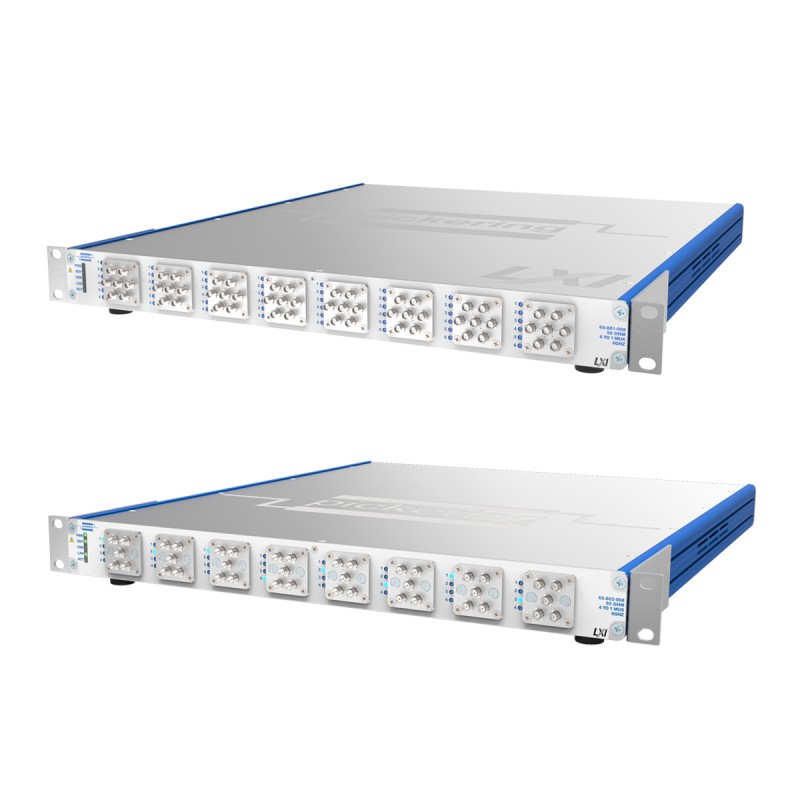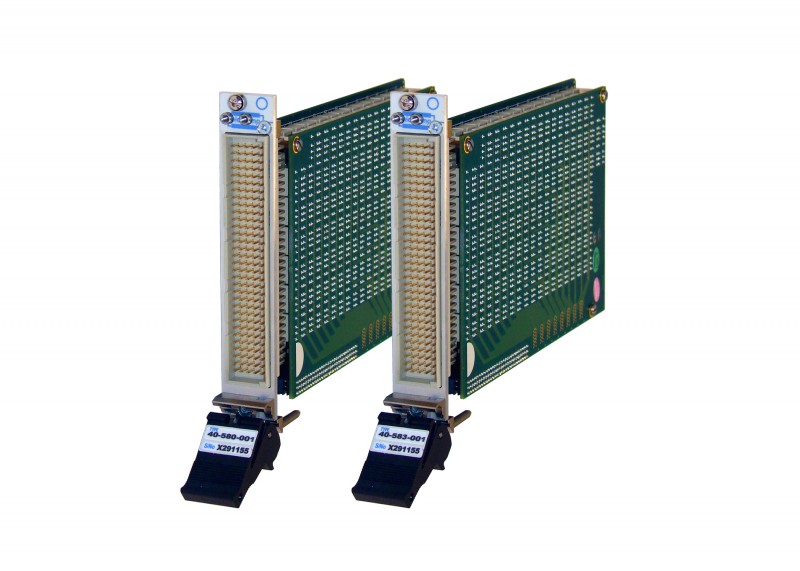Parallel interfaces
The parallel port was originally created for communicating with the printer and thus is called a "printer port". A PC may have at most 3 parallel ports, which are named LPT1, LPT2, and LPT3. A parallel port (printer port) female connector has 25 pins and looks like this:
---------------------------------- o o o o o o o o o o o o o / o o o o o o o o o o o o / -----------------------------
At least 8 wires are needed for parallel transfer of 8 bits, but the standard IBM-type printer port uses 17 wires for data transfer plus some more to ground the system. These extra wires are used in intense hand-shaking between the PC and the printer.
The computer puts 8 data bits on the 8 data lines and sends (on a separate line) a so-called strobe signal to the printer to inform it that 8 bits are ready to be transmitted. The printer reads the strobe signal and 8 bits and sends an acknowledgement signal on another wire back to the computer. In this way, the PC printer port does not send data to the printer faster than the printer can accept it. This data is not in any way synchronized by the clock signal and goes as fast as it can. There are five status wires that allow the printer to let the computer know when it is busy processing the data, or is out of paper or experiences a paper jam, etc. Four control wires allow the computer to command the printer to reset itself, to skip the page, etc. This 'standard' parallel port interface can sustain data rates up to 0.15 MB/s, which is faster than the serial port can reliably operate. To connect a parallel port to the printer one has to use a special 25-pin to 36-pin cable. This 'standard' parallel port is currently described in the IEEE (Institute of Electrical and Electronic Engineers) 1284 standard as a compatibility mode. There are four more newly created modes, which enhances parallel port performance.
One of the new modes is called a nibble-mode reverse operation, and another is the byte-reverse operation. Both of them represent modifications towards the bi-directional parallel port. The two other modes - the newest - are the EPP (Enhanced Parallel Port) and ECP (Extended Capability Port), which allow much faster data transfer rates and are widely used in parallel port storage devices such as Zip drives, hard drives, CD-ROM drives, etc.
In EPP design, five more CPU addresses were added to the initial 3 addresses to allow the CPU to transfer data in just one command rather than being involved in various steps of the PC- Printer handshaking. This, along with multiple bytes transfer, available for some EPP hardware designs, improved data transfer rates to almost 2 MB/s - about 10 times faster than in the standard 'compatibility' mode. EPP design also allowed block transfer of data and intermixing of data directions (from and to the computer) with no additional delays, which made it suitable for such peripherals as the Zip drive and others.
The ECP interface was meant for even higher data transfer rates than EPP. It utilizes data compression using the RLE (Run Length Encoding) protocol, which is most useful for compressing long sequences of repeated numbers. For example, if the sequence includes 105 zeros, it will be compressed by transmitting the following statement: " here come 105 zeros" instead of sending them all one by one.
A relatively loose handshaking protocol, along with the DMA (direct memory access), made possible even higher data transfer rates in one direction. To reverse the direction of data transfer, ECP needs several time-consuming steps. This makes the ECP interface less suitable for the external storage devices which often intermix the directions of the data transfer (reading and writing).
Using one port for more than one device used to be achieved via use of mechanical and electrical switch boxes.
Nowadays, the stackable port devices are used which have two parallel port connections: one "in" and one "out". You may now plug a CD-ROM drive to the parallel port of your PC and attach the printer to the "printer" connector on the CD-ROM. The device should be intelligent enough to figure out whether the command from the PC is addressed to the CD-ROM or the printer. Since this architecture is somewhat manufacturer dependent, it is hard to say in advance how many devices it is possible to connect in parallel. Sometime, reversing the order of connections will cause both devices to stop working. If you are lucky, several devices can be connected like this to the same parallel port of the PC.










评论